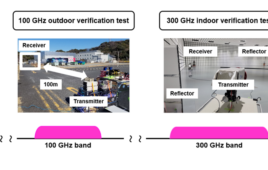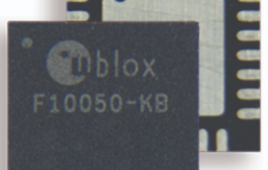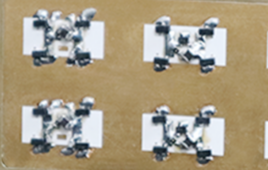When a car breaks down or stops serving a purpose, we often get rid of it either by selling or bringing it to a junkyard. In space, there is no junkyard or seller to take a satellite that is out of commission to another location. Stanford researchers have developed a resolution to that problem in the form of an artificial intelligence (AI) powered navigation system.
Simone D’Amico, Stanford professor of aeronautics and astronautics, has partnered his lab, the Space Rendezvous Lab (SLAB), with the European Space Agency (ESA) to drive the creation of an AI system that will direct a so called space ‘tow truck.’ Together, the organizations are hosting a competition for an AI system that can identify dilapidated satellites and guide repair vessels to refuel, repair, or remove them all without aid from Earth’s assets.
The competition is part of a larger research scope program that D’Amico says will, “feed into his lab’s efforts to develop low-cost navigation systems that future spacecraft will use to maneuver toward distressed satellites or rendezvous with other cooperative satellites.”
Both the navigation system and algorithms are designed to specifically adapt within the constraints of space travel. The research project is set to be integrated in two missions in 2020—the first being Impulse One, a technology demonstration of the space tow truck and the Starling Mission that will demonstrate how a swarm of spacecraft can navigate autonomously. Unlike previous satellite projects, the new missions will employ several nanosatellites, all containing strict limitations for size, weight, power ability, and maneuverability.
“In space, every gram, every electron, every resource must be used to its greatest advantage, especially on small satellites,” says D’Amico. The particular navigation system proposed by D’Amico would be energy-efficient, compact, and inexpensive. To find the derelict satellites, the tow truck will rely on cameras that take gray-scale images, 500 x 500 pixels, to lower data storage and process demand. Processors and AI algorithms that emerge as part of the competition will be incorporated into the repair satellite without ground communication.
A graduate student in D’Amico’s lab, Sumant Sharma, says, “The spacecraft would have to be able to see and think for itself.”
The search for a reliable solution is underway, with machine learning and AI labs from around the world invited to download the images and data from a portal developed by ESA. D’Amico’s lab will then use the contributed work to evaluate and improve the performance of the navigation system already in development by the Stanford researchers.




